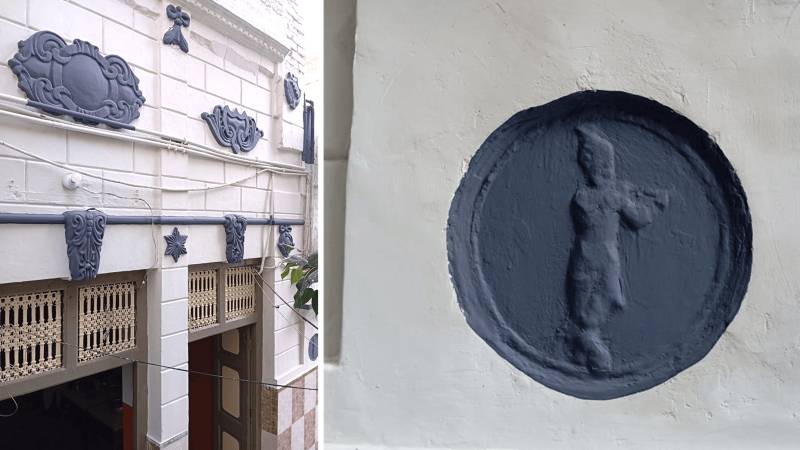
Before the 1947 Partition, the city of Hyderabad was a vibrant centre of cultural and spiritual life, where paths crossed and destinies intertwined. Among the Hindu community, Baba Gurpat Sahib was the revered figure, whose blessings were sought by many, including the prominent Munshi Gidumal. Devotees seeking the blessings of Baba Gurpat Sahib typically followed the common route along the Eastern Postal Road. A turn onto Akatrai Lane would lead them to the Tikkano, reachable within a brisk five- to seven-minute walk. This path was not only a physical journey but also a spiritual one, as many sought solace and guidance from the revered saint. The act of walking to the Tikkano symbolised a pilgrimage, laden with hope and reverence, reflecting the deep cultural and spiritual traditions of the time.
The story of Munshi Gidumal is particularly poignant. While reprinting the biography of Raj Rishi Dayaram Gidumal, authored by Shewaram Narsinghdas Pherwani, I learned of the tragic loss of Gidumal’s young son. Overwhelmed with grief, he and his wife turned to Udero Lal for consolation. In their time of despair, they encountered Baba Gurpat Sahib, who assured them of the birth of a son who would bring pride to their family. This son was none other than Dayaram Gidumal. This profound interaction not only changed their lives but also marked the beginning of a spiritual lineage, leading them and many acquaintances to become devoted disciples of Baba Gurpat Sahib.

While literature on Baba Gurpat Sahib’s genealogy is scarce, notable references can be found in Sindhi texts, such as Tahlram Asodomal Wakeel's Sindh Ja Sant (Saints of Sindh). These texts suggest that Baba Gurpat Sahib hailed from Punjab and initially settled in Khairpur Mir's during the reign of Mir Murad Ali Khan. His arrival in Hyderabad is documented around 1830, coinciding with significant political and social changes in the region. The socio-political landscape of pre-partition India was marked by intricate relationships among various communities, and Baba Gurpat Sahib’s presence in Hyderabad added a vital spiritual dimension to this tapestry. The present Darbar, an important site for devotees, was constructed in Vikram Samvat 1988, which corresponds to the year 1931 in the Gregorian calendar. According to the city survey’s records, the plot number associated with the Darbar is 7, encompassing an area of 595.5 square yards. Notably, the survey card designates the site as a Tikkano/Charitable Trust, a reflection of its purpose and the spirit of service that it embodies. The trustee of this trust is identified as Bao Santokdas, who is recognised as the Chelo of Jairamdas.
The establishment of the Darbar not only serves as a place of worship but also as a communal hub, reinforcing the bonds among devotees and preserving the rich traditions associated with Baba Gurpat Sahib. The site’s history, as recorded in official documents, highlights its importance as a spiritual sanctuary and a testament to the enduring influence of its founding figure.
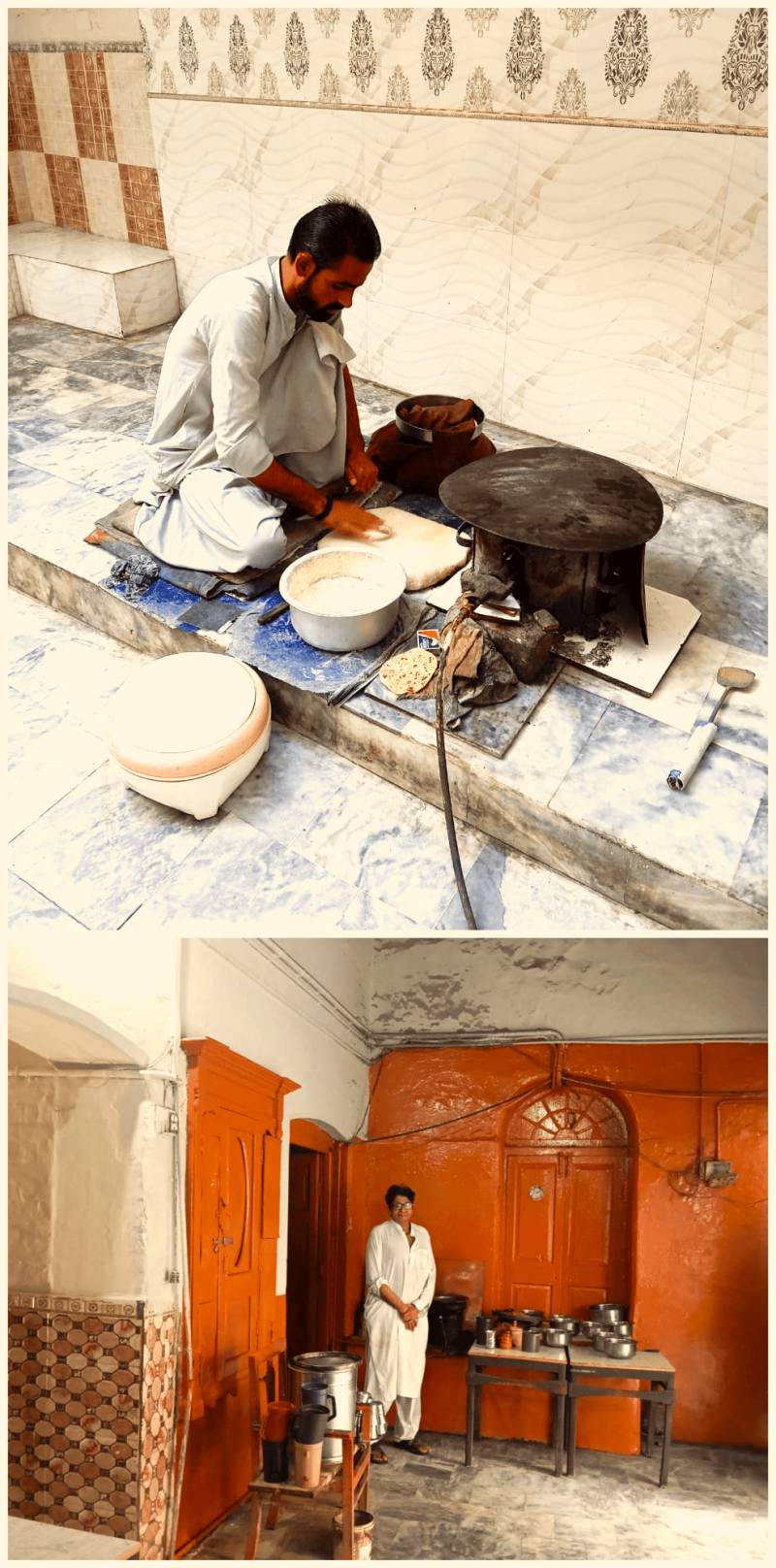
Accounts reveal that when Maharaja Ranjit Singh learned of Baba Gurpat Sahib’s impending arrival in Sindh, he penned letters to the Mirs of Hyderabad and Khairpur, promising their full support. Baba’s migration to Sindh was marked by the carrying of three significant items: the hair of Baba Sri Chandar, a Nanak Shahi Rupee, and a ring belonging to Guru Gobind Singh. These items were publicly displayed on special occasions, further enhancing his stature among devotees and solidifying his role as a spiritual leader. The significance of these artifacts extended beyond their physical presence; they embodied the rich spiritual heritage and the intertwining of Sikh and Hindu traditions.
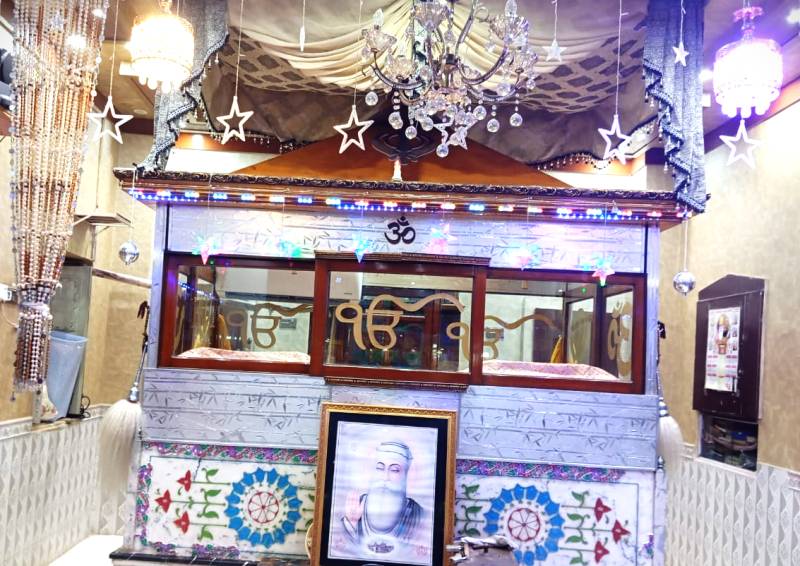
Influencing Mir Murad Ali Khan, Baba Gurpat Sahib garnered respect and devotion, leading to the granting of land and the construction of wells essential for the community’s needs. His lifestyle, often characterised by traveling with naked Faqirs, reflected a commitment to spiritual asceticism and simplicity. This choice of companionship resonated deeply with his followers, emphasising the values of humility and detachment from material possessions. The image of Baba Gurpat Sahib traveling with such ascetics became a powerful symbol of his dedication to a life of service and spiritual enlightenment.
Baba Gurpat Sahib was renowned for his predictions and mystical abilities. One popular anecdote involves his insight into the sons of Mir Suhrab Khan, foretelling their respective fortunes
Among the many anecdotes surrounding Baba Gurpat Sahib, one particularly highlights his commitment to tolerance. A Mukhtiarkar named Taromal, who had converted to Islam, sought to return to his original faith. Baba Gurpat Sahib provided encouragement and approached Dewan Shokiram, a Mukhi of Amils in Hyderabad, on Taromal's behalf. However, Shokiram’s refusal to accept Taromal back into Hinduism sparked discontent among Baba's followers. This incident, believed to have occurred around 1857, illustrated Baba Gurpat Sahib’s dedication to inclusivity, contrasting sharply with the rigid attitudes of some community leaders. The story serves as a reminder of the complexities of religious identity during a time of significant upheaval and change.
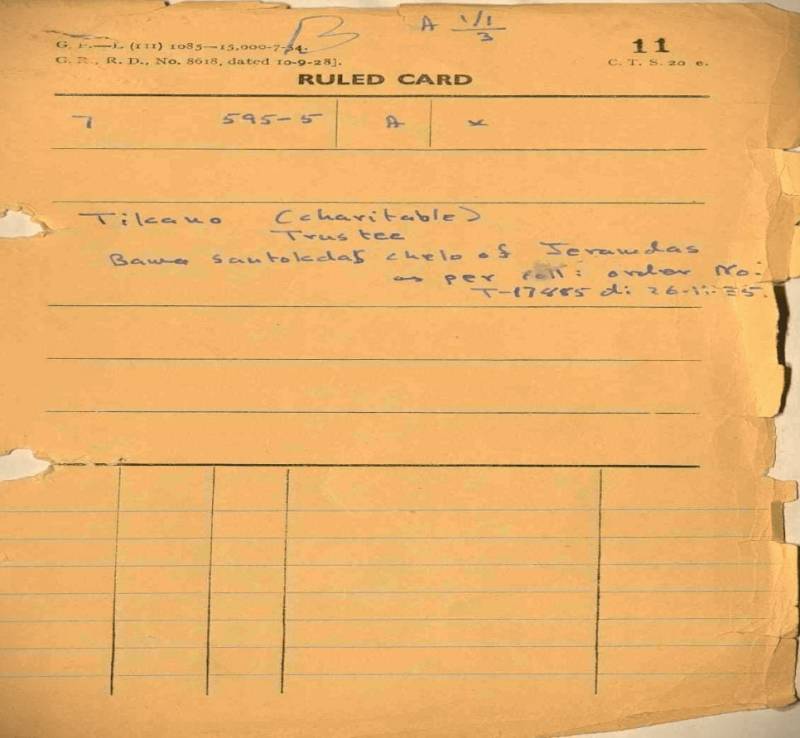
Today, the Darbar still exists, albeit transformed into a quality food outlet that serves as a temple, dining area, and accommodation space. The manager, a resident of Ghoti, describes how the worship room features a floor adorned with tiles bearing the names of devotees. Many humble devotees have carved their names into stone tablets, while others have affixed memorials for their elders. This blending of spiritual reverence with everyday life illustrates the enduring legacy of Baba Gurpat Sahib in contemporary society. The establishment primarily caters to vegetarian clients, particularly students from Thano Bula Khan, Tharpar, and Umerkot, who come seeking both nourishment and spiritual solace. However, the manager expressed concerns over safety during communal tensions, notably during the Babri Mosque incident, which forced them to conduct worship discreetly. The fear of violence and the need for secrecy highlight the ongoing challenges faced by minority communities in preserving their cultural and religious practices amidst a changing socio-political landscape. The act of worshipping in secret speaks to the resilience of faith in the face of adversity, yet it also raises questions about the future of such traditions.
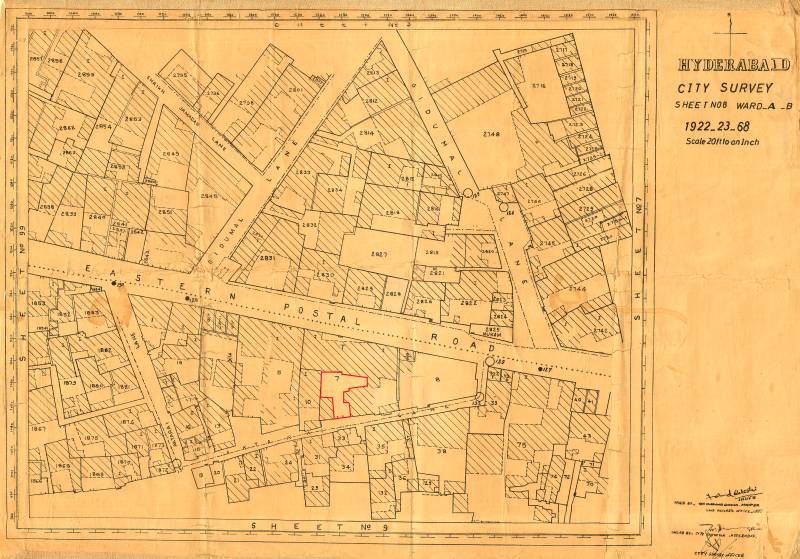
Baba Gurpat Sahib was renowned for his predictions and mystical abilities. One popular anecdote involves his insight into the sons of Mir Suhrab Khan, foretelling their respective fortunes – “Rustum Rang Meen; Mubarak Bhang Meen; and Ali Murad Jhang Meen” (Mir Rustum will be happy and merry; Mubarak will be intoxicated and Ali Murad will be on the run). His legacy includes numerous miraculous accounts, such as resurrecting the dead and predicting the time of one’s death. These stories of miraculous powers not only cemented his status as a saint but also reinforced the belief in divine intervention and guidance among his followers. He passed away in 1877, at the age of 70, leaving behind a rich tapestry of devotion and spiritual guidance that continues to inspire and influence the lives of many.
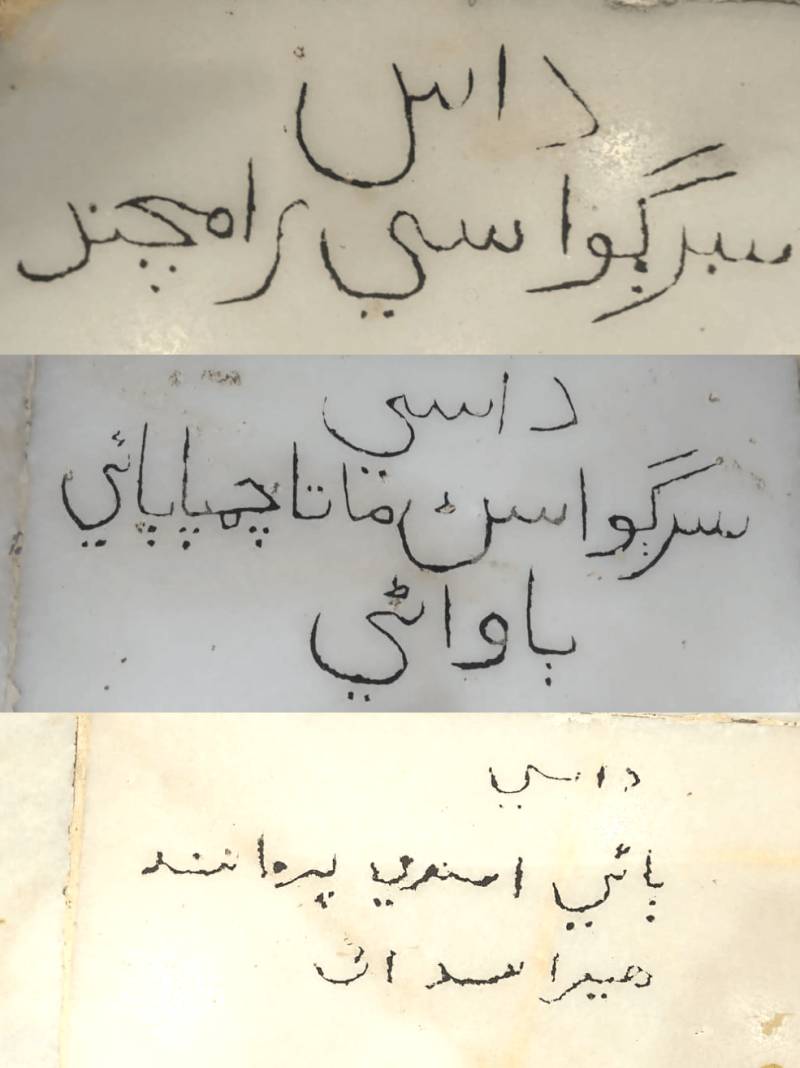
Following his death, the leadership of the Hyderabad Baderbad Darbar transitioned through several disciples, including Chelo Harpraksh, Harbhajan Das, Bao Jeramdas, and ultimately Bao Karandas. The ongoing challenge for these devotees remains the preservation of their religious structure amidst threats from land grabbers, who approach with claims that often lack clarity or justification. This struggle reflects broader issues of religious and cultural preservation in a rapidly changing society. The determination of the devotees to safeguard their spiritual heritage serves as a testament to their devotion and resilience.
Baba Gurpat Sahib's legacy continues to resonate in Hyderabad, where his Tikkano stands as a testament to a rich spiritual history. The stories of devotion, tolerance, and the mystical experiences associated with him serve as a reminder of the enduring impact of spiritual figures in fostering community and resilience. As devotees navigate the challenges of modernity, the teachings and blessings of Baba Gurpat Sahib remain a guiding light in their lives, embodying the timeless quest for spiritual connection and understanding in an ever-evolving world.

